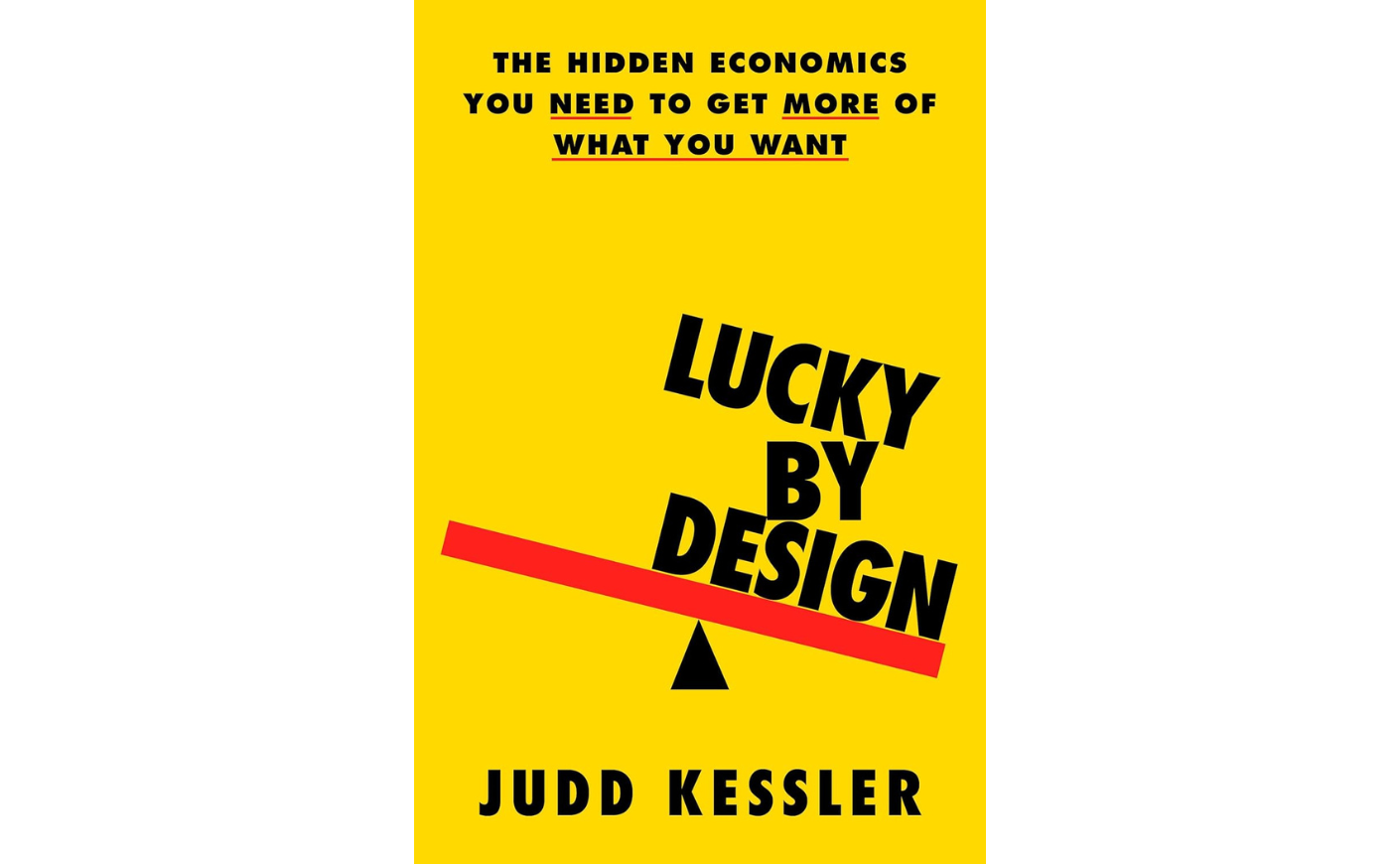It’s a tale as old as time — or, at least, as old as women in the workforce.
You and your husband (or fiancé, or boyfriend — the story remains similar) both work full-time outside the home. That means you both have roughly the same number of hours for socializing, hobbies, or relaxing with a good book. But there is a household to run, chores to be done, and — if you’re fortunate enough to have kids — the constant barrage of demands that comprise modern parenthood.
So it would seem sensible, given your equal time budgets, for you and your partner to spend a roughly equal amount of time on household tasks.
But you don’t.
If you’re anything like the average heterosexual couple, you spend significantly more time on household production than your male partner. Data from the American Time Use Survey says wives do 60 percent more work around the house than their husbands, including 80 percent more on childcare. That women do more work than their husbands is not just about different demands or market value outside of the home; the imbalance is still there when a wife earns substantially more than her husband on the labor market. (My Wharton colleague Corinne Low describes this as “winning the bread and baking it, too” in her new book on the inequities in household production.)
So, what’s to be done? How do you get your male partner to pull their weight? I have a two-pronged approach that worked in my household and might work for yours.

In my new book on hidden markets and how to succeed in them, I discuss how to optimally design the market for household production and who does what in the home. In particular, I focus on achieving goals like equity and efficiency in markets.
The statistics quoted above emphasize that the distribution of resources is inequitable. Women are doing the lion’s share of the work, while husbands are getting more leisure on the backs of their overworked wives.
But focusing on inequity in production makes the game seem zero-sum. Broach the inequity in your household chores with your husband — even if he’s the kind of partner who wants to help around the house — and what he’s going to hear is: “You’re being a lazy bum” and “you’re going to need to do way more.”
Well-meaning men who think they’re doing their share — or close to it — will get defensive. (I can say this confidently from experience). For one, these men might not interpret the split of the tasks the same way you do: Research shows that people — be they basketball teammates, business partners, or married couples — systematically overstate their own contribution to a group task. Ask two people what percentage of the group’s work they did and the sum would inevitably be over 100 percent. Or, more to the point, ask your husband how much he’s doing around the house and he might say 50 percent, even if you’re confident that you’re doing 80 percent.
An alternative approach is to reframe the issue with household production as one of efficiency. This strategy’s a better bet for two reasons.
First, the men whose full partnership you’re trying to engage are likely more receptive to hearing it. Research suggests that, relative to women, men care more about efficiency and less about equity, so starting a discussion with “let’s make our household more efficient” might get men on board (or at least less defensively) than “look at how much more I’m doing than you.”
Second, in many households, some of the inequity of household production is indeed coming from inefficiency — eliminating it is low-hanging fruit.
Much of the time and energy spent on household responsibilities requires thinking, planning, and worrying about whether stuff gets done. This work is often called mental load, and it falls substantially more to women than to men.
But because the mental load does not get lighter when multiple people are carrying it, any time two people are devoting mental resources to the same task, the household is at risk of an inefficient duplication of efforts.
The solution to this inefficiency is one that may be familiar to women who have been trying to get their husbands to pull their weight. My favorite version is the approach articulated by Eve Rodsky in her book Fair Play. She says that every task requires three steps: You must conceive, plan, and then execute. Rodsky’s idea is to hand full responsibility of a task — from conception through execution — to one person. (The same basic idea is called “total responsibility transfer” in Thomas Phelan’s The Manager Mom Epidemic and in Emily Oster’s The Family Firm.)
Since it takes time and mental energy to hand off tasks, important details can be lost when you operate without full context, and it’s hard to know when two people are duplicating efforts on conception and planning. So one person taking total responsibility is indeed more efficient than the alternative.
While the approach is about efficiency, this wholesale handling of tasks to one person also helps men better recognize the mental load that goes into tasks: It’s hard to ignore something you’re forced to do.
But getting men to agree to leverage efficiency gains does not immediately correct the inequity. For that, I suggest another tool I discuss in my book: the concept of “envy freeness.”
Envy freeness arises when people do not want to swap allocations — meaning they do not envy what others have. When my wife and I decided to implement our version of Rodsky’s fair play, we decided to allocate the full tasks (all conception, planning, and execution of them) to achieve envy freeness.
I don’t love handling our family’s administrative paperwork, but I wouldn’t trade it for having to keep our family stocked in groceries and fed. Putting our kids to bed can be a drain, but I enjoy it way more than waking up with them and getting them ready for school in the morning.
When things are inequitable, you might prefer to swap household chores with your partner. But if chores are assigned so each person prefers their tasks to their partner’s tasks, the assignment is free of envy. And it’s hard to be resentful of your partner or what they’re doing if you wouldn’t want to trade places.
These tactics cannot turn a lazy bum into husband of the year, but they may help put you on a path to a more efficient and equitable household.
Judd Kessler is the Howard Marks Endowed Professor at the Wharton School of the University of Pennsylvania and the author of the new book Lucky by Design: The Hidden Economics You Need to Get More of What You Want, which was released on Oct. 14 by Little, Brown Spark.












